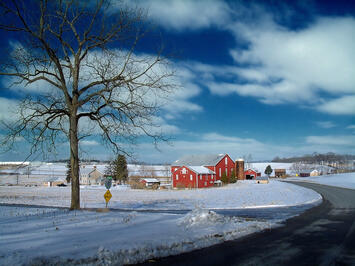
My latest column is now online at Governing. It is a recapitulation of my analysis in my American Affairs piece on Indiana about how basically all the states and regions of the Old North - a 23 state area encompassing the Great Plains, Midwest, and Northeast - are demographic and economic laggards. Here’s an excerpt:
Since Kevin Phillips coined the term “Sun Belt” in the late 1960s, it’s been widely known that population and job growth have largely flowed to the South and West. The rest of the country has not fared nearly as well. The area we might label the “Old North,” a 23-state region spanning the Great Plains, Midwest and Northeast, as well as some border states like Kentucky, has consistently lagged the rest of the country. In essence, half of our states have prospered, the other half have struggled. Statistically, only one Old North state, North Dakota, has done especially well. And North Dakota’s success has been driven by an oil boom. Aside from this likely temporary exception, most of the Old North is a middling performer at best.
…
The consistent struggles of Old North states to find a fully successful 21st-century model seems to belie differences in demographic makeup, urban vs. rural dominance, or political party control. Vermont may lean more socialist and New Hampshire more libertarian, but they suffer similar challenges in luring new residents. Deep blue Illinois and deep red Indiana are a lot more alike than leaders in either state would like to admit.
Click through to read the whole thing.
This piece previously appeared on Heartland Intelligence.
Aaron M. Renn is an opinion-leading urban analyst, consultant, speaker and writer on a mission to help America’s cities and people thrive and find real success in the 21st century. He focuses on urban, economic development and infrastructure policy in the greater American Midwest. He also regularly contributes to and is cited by national and global media outlets, and his work has appeared in many publications, including the The Guardian, The New York Times and The Washington Post.
Photo: GPA Photo Archive via Flickr under CC 2.0 License.












